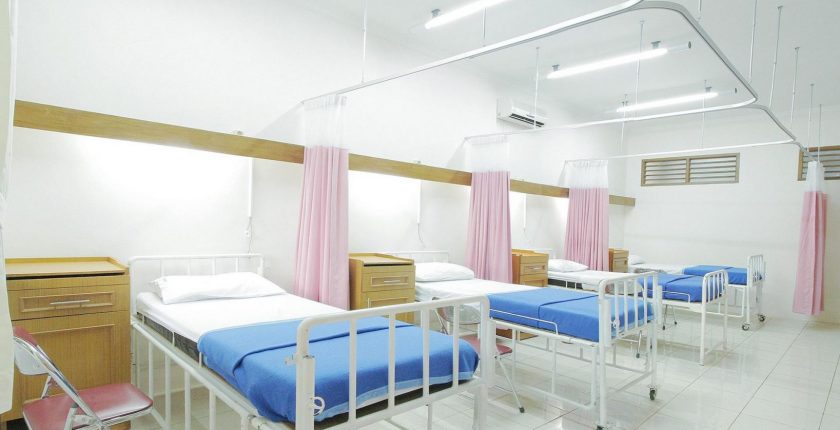What engineering is doing to fight COVID-19
Here at WR, all of the professionals in our divisions are playing their role in helping against the fight against COVID-19. This week, we’ll look at the role of engineering in mitigating the effects of coronavirus.
In the fight against the virus many manufacturing and engineering companies have had to put ordinary production procedures on hold, and look at alternative ways to utilise their materials and resources to build equipment for the medical industry and help save lives. Here’s what you need to know.
Engineering & COVID-19: Building ventilators
There’s currently a shortage of ventilators for COVID-19 patients. On March 16, 2020, the government called on the UK’s engineering industry to make up the anticipated shortfall of ventilators by producing and assembling the life-saving devices.
Since then engineering companies have been coming forward to help. For example, advanced material cutting business Bindatex has altered production to begin die-cutting discs that can be used in filters for NHS ventilators.
Similarly, engineers from UCL and doctors at University College London Hospital (UCLH), along with engineers at Mercedes Formula 1, have worked together to create a specialist device that delivers oxygen to the lungs, without the need for invasive ventilators.
Dyson, the vacuum cleaner company, has already received an order for 10,000 ventilators, and Smiths Medical’s efforts to treat less critical patients with CPAP (Continuous Positive Air Pressure) devices, are advancing rapidly.
Meanwhile, engineers and researchers are coming up with other creative solutions – such as the Ventil, a new machine that, when attached to a ventilator, can allow for the ventilation of two patients simultaneously.
PPE equipment for healthcare staff
Hospital staff around the world are putting themselves on the front line to help treat patients with coronavirus. But, unfortunately, there’s currently a shortage of PPE to help keep medical staff safe. This is another aspect of COVID-19 where engineering companies can offer their expertise and facilities to help out.
In one recent example showing the speed at which help can be deployed, Inverness companies 4c Engineering and Aseptium designed and manufactured 1,000 face-shields destined for the ICU unit at Raigmore Hospital.
The design brief saw the team working toward a simple method of providing face protection that would be robust, secure, and comfortable and could be rapidly manufactured. Within a week, the team had sourced materials, refined the design and had its prototype accepted by Raigmore ICU.
Engineers at The Royal Mint have also announced their design and production of medically approved visors and are planning on releasing their designs online so other engineering and manufacturing companies can follow suit.
Testing
Finally, one innovative solution has seen engineers in China developing a robot to treat and test COVID-19 patients while allowing healthcare workers to remain at a safe distance from the highly infectious virus. The remote-controlled, wheeled machine can take mouth swabs, perform ultrasound scans and listen to organs with a robot stethoscope.
High infection rates among health care workers prompted the designers to see if a robot could provide protection. Medical staff can operate the robots from a safe distance using on board cameras to monitor the patient, reducing the chances of exposure.
The robot’s chief designer, Tsinghua University Professor Zheng Gangtie converted two robotic arms such as those used on space stations or lunar explorers to build the robots, which were almost entirely automated, and could even disinfect themselves after performing actions involving contact.
WR Engineering
At WR Engineering, we’re proud to see the continued work that the engineering sector is undertaking by pooling its expertise to find innovative solutions to support COVID-19 and continue to support professionals in our sector in any way possible while working in a remote capacity.
Contact us today for any further information


